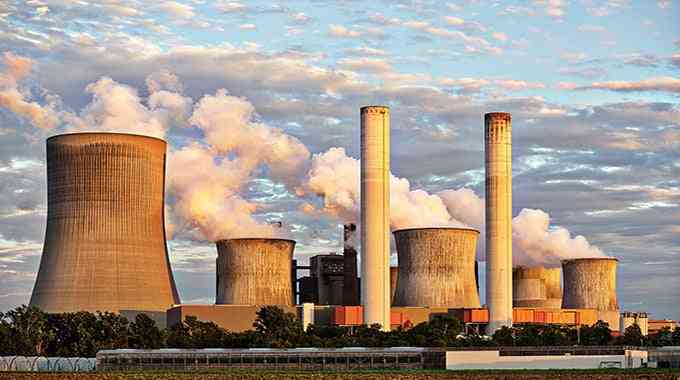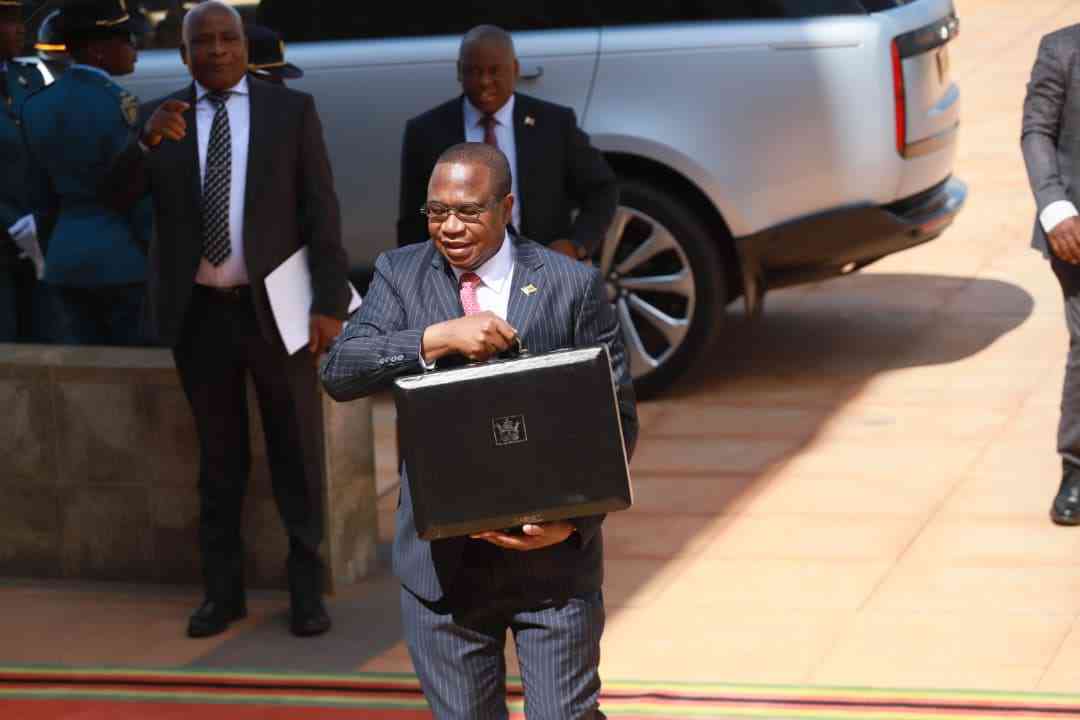
Introduction: The energy-development nexus in Zimbabwe
There comes a time in every nation's journey when decisions of great consequence must be made, not just for today, but for generations to come. Zimbabwe is now at such a moment. As we march boldly toward Vision 2030, the goal of transforming our country into an upper-middle-income economy, we must confront the reality that no nation can industrialize or modernize without reliable, affordable, and sustainable energy.
As the CEO of Power Giants Private Limited, a company at the forefront of high-voltage electricity infrastructure and commercial solar grids in Zimbabwe and beyond, I have long been immersed in the country’s energy sector. I’ve visited decommissioned thermal power stations, seen the rusting pipes and silent turbines, and spoken to engineers who once ran them with pride. These plants, Hwange, Munyati, Harare, and Bulawayo,may be aging, but they are far from obsolete.
Rather than tearing them down, I propose a bold, strategic transformation: convert our idle thermal power stations into modern nuclear energy facilities, using small modular reactors (SMRs). This is not only technologically feasible, it is aligned with our national agenda, economically sound, environmentally responsible, and vital to achieving Vision 2030.
Vision 2030 and the Energy Imperative
Vision 2030 envisions a prosperous, self-reliant Zimbabwe, driven by industrialization, digital transformation, and sustainable development. But none of this is possible without energy. Our current electricity deficit has become a bottleneck for economic growth. Load-shedding disrupts manufacturing, agriculture, mining, education, and healthcare. Even our digital economy, banks, mobile networks, data centers, depends on stable power.
According to ZERA, Zimbabwe currently generates between 1,200–1,500 MW against a demand of 2,000 MW and growing. The gap is often filled by imports or expensive diesel generators. Our hydropower capacity at Kariba is vulnerable to climate change, and while solar is growing, it cannot yet provide base-load power.
To meet the demands of an upper-middle-income economy, Zimbabwe needs to increase its installed capacity to at least 5,000 MW by 2030. This is where nuclear energy can play a transformative role.
- Cartoon: September 15, 2022 3dition
- Local energy firm bids to create employment
- Zesa doubles power charges
- Vision 2030 achievable if measures are taken to improve Zim economy
Keep Reading
Why nuclear energy? A technological and economic perspective
Let me be clear: I’m not advocating for the outdated, large-scale nuclear plants of the 20th century. I’m advocating for Small Modular Reactors (SMRs), the next generation of nuclear technology. These are compact, safe, scalable, and ideally suited for countries like Zimbabwe.
Key advantages of SMRs:
- Base-load power: Unlike solar or wind, SMRs can produce continuous power 24/7.
- Zero carbon emissions: They release no greenhouse gases during operation.
- Water efficiency: Advanced designs use minimal water—a key advantage in arid regions.
- Safety: Modern reactors come with passive safety systems that prevent meltdowns.
- Minimal land use: SMRs can be deployed on the footprints of existing plants like Munyati or Harare Thermal.
Retrofitting idle thermal plants with SMRs allows us to reuse existing infrastructure—cooling systems, transmission lines, access roads, substations, and even trained personnel. This drastically reduces capital and environmental costs compared to building new greenfield sites.
From a fiscal perspective, while the upfront cost of nuclear is high, the long-term cost per kWh is lower than fossil fuels. Nuclear energy is also resilient to global fuel price shocks, unlike coal and diesel.
National benefits: Jobs, technology, and energy sovereignty
I’ve often said that energy is not just about electricity, it’s about sovereignty, dignity, and opportunity. Nuclear energy can offer Zimbabwe:
- Energy Independence: We reduce reliance on imports and protect ourselves from regional and global energy instability.
- Job Creation: Converting and operating nuclear plants requires engineers, artisans, technicians, and support staff, many of whom can be retrained from thermal operations.
- Technology Transfer: Through partnerships with countries like Russia, China, or South Korea, Zimbabwe can gain access to cutting-edge technology and skills.
- Industrial Upliftment: Consistent power supply will revitalize mining, agriculture, and manufacturing, key pillars of Vision 2030.
- Climate Leadership: We position ourselves as a leader in clean energy on the African continent.
Addressing the myths and fears around nuclear
Whenever I speak about nuclear energy, I hear the same concerns: What about safety? What about waste? These are valid, but they are not insurmountable.
- Safety: Modern SMRs are designed with inherent safety features that automatically shut down the reactor in emergencies—no human intervention required.
- Waste: Nuclear waste is small in volume, securely contained, and increasingly recycled in advanced economies. Zimbabwe can partner with international agencies for proper handling.
- Regulation: The International Atomic Energy Agency (IAEA) provides regulatory frameworks and guidance. Zimbabwe can develop a robust nuclear regulator with international support.
Let’s not allow fear to paralyze progress. Let’s be guided by facts and science.
Regional Trends: Africa Is Moving Nuclear, So Must We
Zimbabwe is not alone in exploring nuclear energy:
- South Africa has operated the Koeberg Nuclear Plant since the 1980s and is expanding its nuclear portfolio.
- Egypt is building a 4,800 MW nuclear power station with Russian assistance.
- Kenya, Nigeria, Ghana, and Uganda, are all in various stages of nuclear planning.
*Read more on www.thestandard.co.zw
Engineer Edzai Kachirekwa
CEO, Power Giants Private Limited. Energy transformation strategist, high voltage specialist and clean energy advocate.
If we delay, we risk falling behind our peers. If we act now, we can lead.
The Role of Power Giants and the private sector
At Power Giants, we are not just EPC contractors—we are energy visionaries. We have already initiated feasibility studies on converting Zimbabwe’s thermal stations into modular nuclear energy hubs. We are engaging international technology partners, local universities, and government stakeholders.
Our vision is to create a model project—perhaps at Munyati Power Station—that can be scaled across the country. We are prepared to co-invest, co-develop, and co-engineer this transformation.
But we cannot do it alone. We need government support, policy incentives, and regulatory frameworks that make nuclear investment viable. We need public-private partnerships, international cooperation, and, most importantly,a shared national vision.
A Call to Action: Let Us Rise to the Energy Challenge
In the words of President Emmerson Mnangagwa, “Nyika inovakwa nevene vayo”—a nation is built by its people. And I believe our people are ready to build not just a nation, but a clean-energy-powered, industrialized Zimbabwe.
Let us not discard the bones of our industrial past. Let us transform them into the engines of our clean energy future. Let’s convert idle thermal plants into nuclear powerhouses that light our homes, power our factories, and fuel our dreams.
This is how we achieve Vision 2030. This is how we build a Zimbabwe that is modern, resilient, and energy-secure.
The time for pilot projects is over. The time for bold decisions is here. Let us rise.











